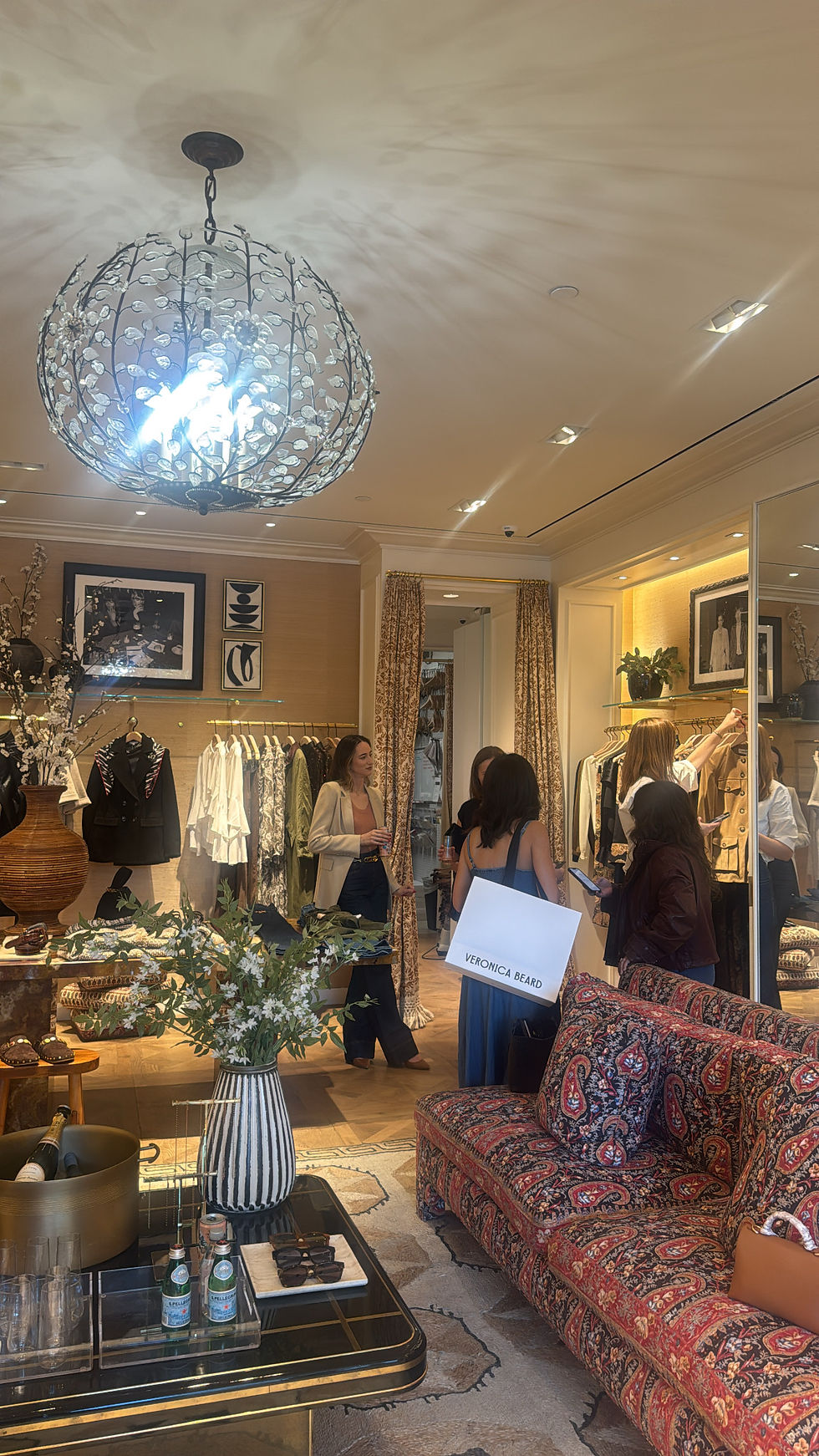The Ultimate Guide to Closet Editing in Your Area
- May 26
- 3 min read
Are you tired of opening your closet only to find chaos and clutter? Closet editing is an essential step toward creating an organized space that reflects your style and needs. This guide will walk you through the process of closet editing, from decluttering to organizing, so you can transform your closet into a serene and functional area.
What is Closet Editing?
Closet editing is the process of reviewing and streamlining your clothing, shoes, and accessories to create a more organized and functional wardrobe. This task may seem daunting, but it can be incredibly rewarding. By strategically assessing what you own, you can make space for what you truly love and need, leading to a more enjoyable and efficient everyday dressing routine.
Steps to Efficient Closet Editing
1. Prepare Your Space
Before diving into closet editing, set yourself up for success. Make sure you have the following:
A clean, clear area to sort: This space can be your bed or the floor in your bedroom.
Boxes or bags for sorting: Designate three categories: Keep, Donate, and Toss.
A full-length mirror: This mirror will help you assess your style as you choose what to keep.

2. Start with a Clean Slate
Begin the closet editing process by emptying your closet completely. This may sound extreme, but it allows you to see everything you own at once. Lay out all your clothing items on your sorting area. This step often reveals how much you truly have and can help you make better decisions about what to keep.
3. Assess Your Clothing
Once everything is laid out, start assessing each item. Ask yourself these questions:
Do I love this item?
Have I worn it in the past year?
Does it fit me well?
Does it align with my current style?
If you answer "no" to any of these questions, it may be time to let the item go.
One useful statistic is that the average person only wears 20% of their wardrobe 80% of the time. With this in mind, focus on pieces that you genuinely enjoy and wear frequently.

4. Create a Capsule Wardrobe
After assessing what to keep, consider creating a capsule wardrobe. A capsule wardrobe consists of a limited number of versatile clothing pieces that can be mixed and matched. This approach simplifies your wardrobe and emphasizes quality over quantity. Aim for 20-30 pieces that can work for various occasions, allowing you to maximize your style with minimal effort.
5. Organize for Functionality
With your keep pile identified, it's time to organize:
Hang Similar Items Together: Group clothes by type—shirts, pants, dresses, etc. This method not only makes it easier to find specific items, but it also creates a visually pleasing look.
Use Quality Hangers: Invest in sturdy, matching hangers for a cohesive aesthetic. This small addition can make a significant difference in your closet's organization.
Fold Items Neatly: For items that don't hang well, such as sweaters, use a folding method to keep them from stretching.
Make Use of Vertical Space: Consider utilizing shelves or storage bins for shoes and accessories. This saves floor space and keeps everything accessible.

6. Maintain Your Closet
After the initial editing process, maintenance is essential. Dedicate time each month or season to reassess your wardrobe. If you acquire new pieces, consider what you can part with to maintain balance in your closet. Regular mini-editing helps keep your space organized and enjoyable.
Why Closet Editing is Essential
Closet editing is not only about decluttering; it’s also about self-reflection. Each garment tells a story, and by examining these items, you can better understand your preferences and lifestyle. A well-edited closet offers:
Reduced Stress: An organized space reduces the anxiety that often comes from making outfit choices daily.
Enhanced Style: With fewer items, you can focus on quality pieces that reflect your personal style best.
Sustainability: By donating or recycling clothes you no longer wear, you're contributing to a more sustainable environment.
Getting Started with Closet Editing Today
The journey of closet editing doesn’t have to be done in one day. Set aside a few hours or break it into smaller tasks over a week. As you work, remember that the ultimate goal is to create a closet that you enjoy using and that simplifies your life.
Final Thoughts
Embarking on a closet editing journey can be transformative. Not only will you achieve a functional and organized wardrobe, but you'll also cultivate a deeper connection to your clothing and personal style. Enjoy the process, and celebrate your updated closet once you’re finished.
Happy editing!






Comments